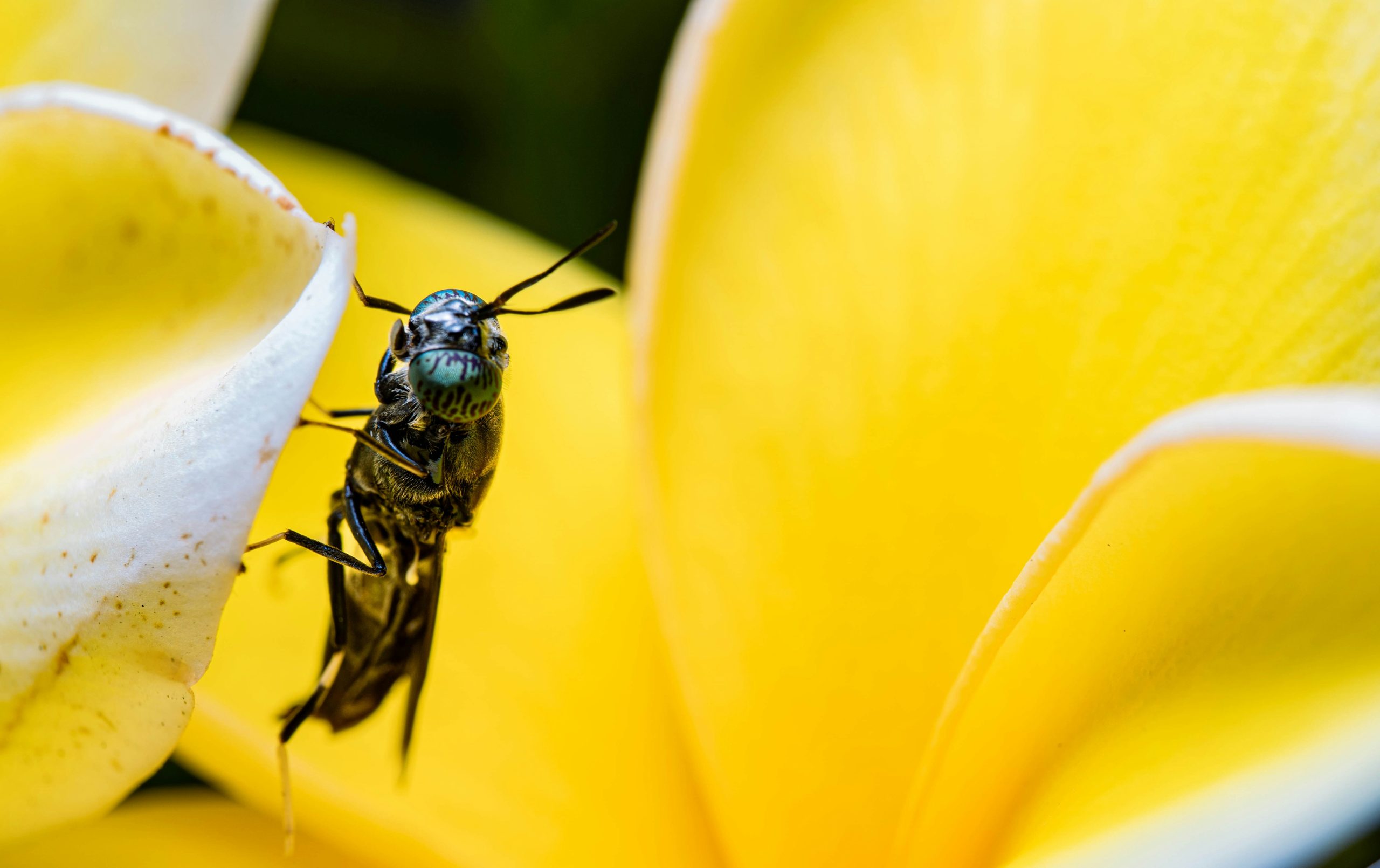In a world of unknowns, would you prioritise sex or safety? Photo credit: oktavianus mulyadi via Unsplash
Male fruit flies, referred to by the scientific name Drosophila melanogaster, put a lot of effort into “wooing” a mate. This involves following her, serenading her with courtship songs, and even licking the female’s genitalia if she stops running away. So, it’s no wonder that by the time they have a chance to attempt copulation, it’s a top priority. A recent article in Nature has outlined how two interacting neural networks in the brain of a male fruit fly can ensure that they prioritise reproduction, even in the presence of a potential threat.

Male fruit flies will do anything to “woo” a mate. Photo Credit: Amy Xinyang Hong & Cedric Tan
For humans, external threats aren’t usually a major concern in the heat of passion. However, with fruit flies, placed near the bottom of the food chain, they don’t have this privilege. So, sex and survival conflicts can occur when determining the most important of these two evolutionary drives. Cazalé-Debat et al. found that two circuits in the brain use two different neurotransmitters, serotonin and dopamine, to determine whether survival or copulation is to be prioritised in male Drosophila.
sex and survival conflicts can occur…
The researchers used a visual threat of a moving shadow resembling a predator. Males aborted courtship when threats were presented directly after courtship onset, when they are less likely to be at a successful stage. They then identified visual projection neurons that conveyed visual threat in the brain to inhibit courtship. Chemogenetics, a clever genetic technique whereby target cells express a receptor that responds to chemical agents, was used to silence these neurons, which then led to males courting the female despite the threat. Conversely, activating these neurons with optogenetics, another genetic technique where target cells express a receptor that responds to light stimulation, meant that the males stopped courting even in the absence of visual threat. Non-threat visual stimuli had no effect on these neurons.
…which then led to males courting the female despite the threat.
They further dissected the neural circuit relaying threat during courtship. A serotonergic neuron (a neuron that releases serotonin) was identified that received input from the visual projection neurons and was responsible for inhibiting neurons in central courtship nodes. They even identified the receptors that respond to serotonin to inhibit courtship by knockdown or reduction of gene expression.
While survival was prioritised over sex in the initial stages of courtship, the researchers found that at later stages this was not the case. A set of dopamine neurons were instead responsible for inhibiting the serotonergic visual threat pathway that is active earlier in courtship by gradually increasing in activity throughout courtship. The researchers observed this increased activity using a genetically encoded calcium indicator, as a rise in calcium is responsible for the release of neurotransmitters like dopamine. The signals ramped up as courtship progressed. So, the activity of dopamine neurons is responsible for flies becoming increasingly focused on reproduction as courtship progresses.
A set of dopamine neurons were instead responsible for inhibiting the serotonergic visual threat pathway
While this research may have no direct consequences, the understanding of these competing serotonergic and dopaminergic circuits and how they can regulate different goals may have applications in other species. Not only this, but the paper demonstrates how love truly is blind for fruit flies when it comes to threats during copulation.





